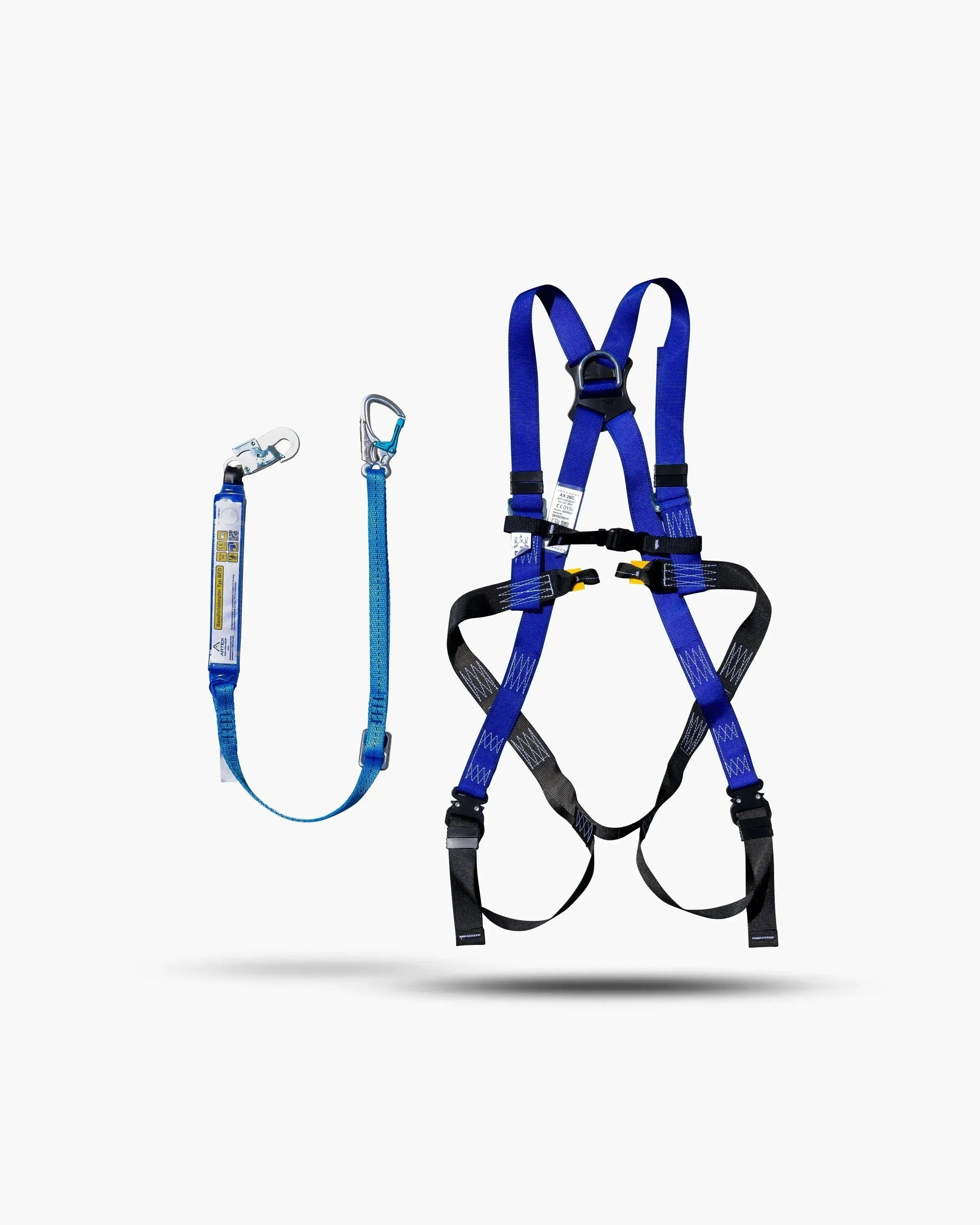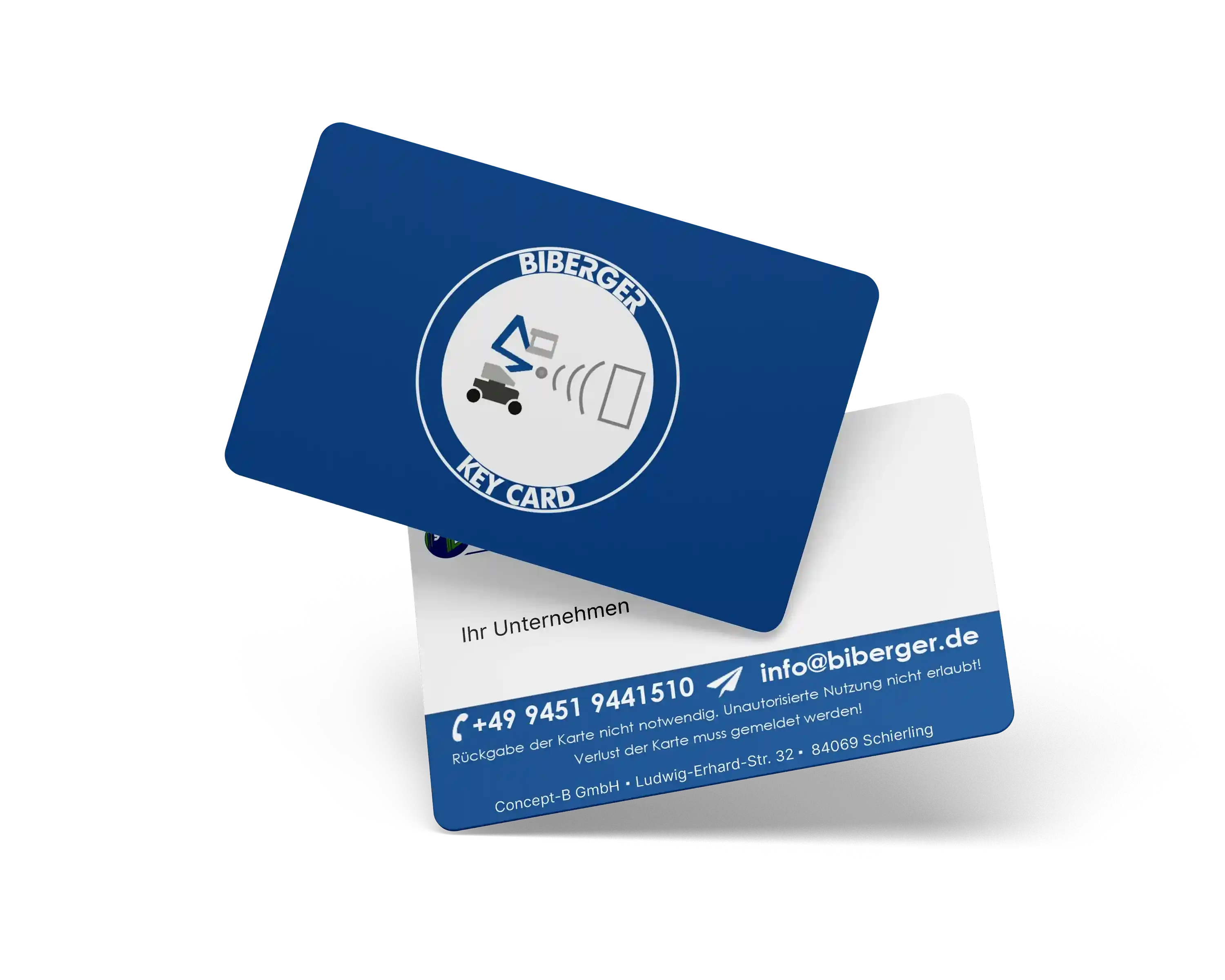In one of our last articles, we discussed the various safety features of aerial work platforms . Today we'll focus on a particularly important feature of scissor lifts : the pothole protection .
This function, which may seem inconspicuous at first glance, is a key safety factor – especially in areas with uneven surfaces, floor openings or steps that can become dangerous when the platform is moved in the extended position.
In this article you will learn what the pothole protection is exactly , how it works and why it is essential for safe working with scissor lifts .
What is pothole protection?
The pothole guard is a safety-relevant device used primarily on small to medium-sized scissor lifts . It prevents the lift from tipping over if a wheel enters a depression or hole while moving in the extended position .
The system consists of permanently mounted or automatically extending elements that reduce the ground clearance between the wheels . This significantly increases the stability of the platform – especially on construction sites with uneven terrain or potential subsurface collapses .
How does the pothole protection work?
Pothole protection is automatically activated as soon as the scissor lift reaches a certain lift height . In this condition , the ground clearance is reduced – either by permanently integrated components or by automatically extending elements between the wheels.
At the same time, the platform's travel speed is significantly limited to increase stability when moving in the extended position . The goal is to prevent tipping in the event of sudden uneven ground or collapses .
This feature is particularly relevant because scissor lifts are often operated in the extended position – often with operators on the platform. Pothole protection significantly reduces the risk of accidents in such situations and increases safety in daily use.

The image shows the extended pothole protection on a scissor lift . Special care is required during transport and loading:
Work platforms may only be picked up at the designated lifting points using the forks of a forklift truck or other industrial trucks.
This ensures that the platform is moved safely without damaging load-bearing components or safety-relevant devices such as the pothole guard . Improper mounting can impair the functionality of the platform and increase safety risks.

The picture shown shows the opened battery compartment of a Genie scissor lift – with a clear view of the pothole protection mechanism underneath .
If the stage is lifted improperly or incorrectly, these components can become bent or damaged. This has a direct impact on the function and safety of the entire stage .
Mega decks rely on stabilizing supports
On the larger scissor lifts, the so-called mega-decks, however, stabilizing outriggers are used to ensure maximum safety and stability. These outriggers, which are usually manually extendable and then usually self-level, serve to ensure the stability of the aerial work platform. Special care is required on uneven or soft ground, and support is essential—especially in this case.
The supports distribute the platform's weight more evenly across the ground and prevent the platform from tipping or moving during work. This is especially important with heavy loads or in situations where workers on the platform make movements that could affect the platform's balance.















Share:
Maximum climbing ability: Are off-road platforms suitable for every terrain?
Floor contamination from work platforms: basics, risks and solutions